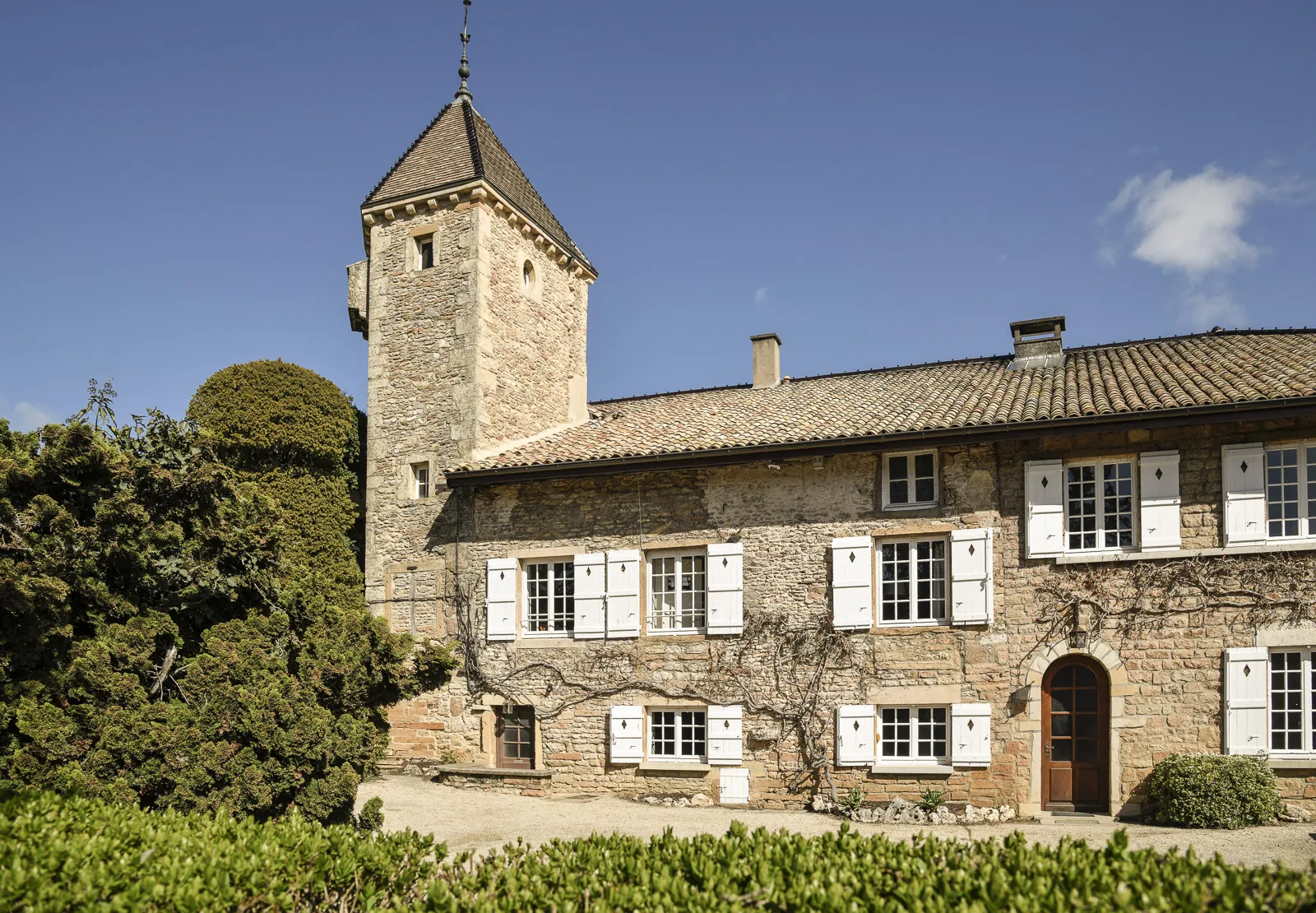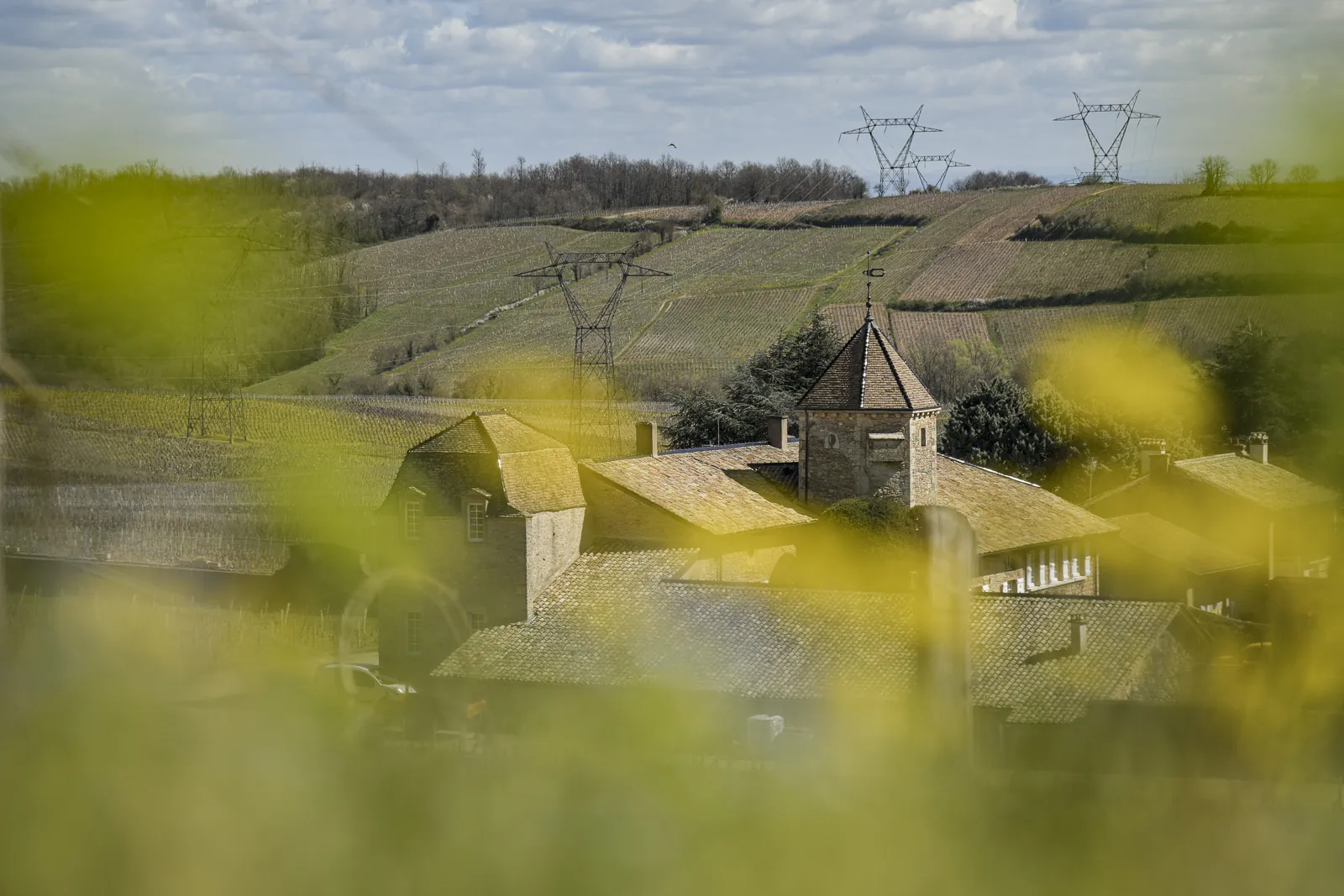Château-Fuissé
Château-Fuissé Pouilly-Fuissé 1er Cru “Le Clos” 2021
- Château-Fuissé Juliénas 2021
- Château-Fuissé Juliénas 2020
- Château-Fuissé Juliénas 2019
- Château-Fuissé Pouilly-Fuissé 1er Cru “Le Clos” 2023
- Château-Fuissé Pouilly-Fuissé 1er Cru “Le Clos” 2022
- Château-Fuissé Pouilly-Fuissé 1er Cru “Le Clos” 2020
- Château-Fuissé Pouilly-Fuissé 1er Cru “Les Brulés” 2023
- Château-Fuissé Pouilly-Fuissé 1er Cru “Les Brulés” 2022
- Château-Fuissé Pouilly-Fuissé “Les Combettes” 2023
- Château-Fuissé Pouilly-Fuissé “Les Combettes” 2020
- Château-Fuissé Pouilly-Fuissé “Tête de Cuvée” 2023
- Château-Fuissé Pouilly-Fuissé “Tête de Cuvée” 2022
- Château-Fuissé Pouilly-Fuissé “Tête de Cuvée” 2021
- Château-Fuissé Pouilly-Fuissé “Tête de Cuvée” 2020
- Château-Fuissé Pouilly-Fuissé “Tête de Cuvée” 2023
- Château-Fuissé Pouilly-Fuissé “Tête de Cuvée” 2022
- Château-Fuissé Pouilly-Fuissé “Tête de Cuvée” 2021
- Château-Fuissé Pouilly-Fuissé “Tête de Cuvée” 2020



About
“Le Clos” Château-Fuissé monopoly (2.7 ha) is a legendary plot surrounding the Château de Fuissé. The succession of its clay-limestone strata gives it its geological particularity. This south-east facing plot whose average age of vines exceeds 50 years.

Terroir
The Château-Fuissé Le Clos, sole ‘monopole’ classified 1er Cru in 2020, covers a surface of 2.68 Ha and surrounds the château. The vineyard enjoys an Eastern exposure with a progressive slope (13%) at an altitude between 265 and 295 meters. This situation tempers climatic elements, favors sanitary health, and allows perfect ripening of the grapes. Within “Clos” we distinguish 3 geological partitions, a ‘unique’ situation for the Pouilly-Fuissé appellation : The lower slope is composed of clay from erosion (profound colluviosoils) conveying the texture and weight to the wine. The middle part, composed of brown marl stones, underlines the mineral freshness with vibrant zesty citrus fruit. The upperpart, composed of white flinty Bathonian limestones, complete the intense harmony by giving thin menthol and the scent of white flowers. This complexity of soils, synthesized and concentrated by the deep roots of the old vines (40 to 90 years old), allow us to obtain a superior level of expression and guarantee the ageing potential with fresh elegance, over time in the bottle
Vinification
To respect the integrity of the grapes we prefer handpicked grapes and special care is given to the transport and conveying until the presses (whole bunch pressing). We use pneumatic presses with graduate progressive pressing (limiting rebechage), adapted to the quality and maturity of each harvest. The juice is pumped into stainless decantation tanks (débourbage). After 12 hours of static rest, we separate the clear juice from the top and eliminate the remaining depot (heavy bourbes). The clear juice goes from decantation and light oxygenation directly into our barrels at the Château-Fuissé. Our cellars are equipped with a control system for the temperature and the hygrometry. We favor the wild yeast for a spontaneous start of the alcoholic fermentation followed, generally, by the malolactic fermentation. The choice of our barrels, their origin, and the proportion of “new” remains personal and is based on our gustatory experience. Our choices vary and adapt to vineyard and vintage character. The use of the barrels is associated to our typical Burgundian vinification ‘on the lees’. This practice brings the lees back in suspension (batonnage) and helps the decomposition or autolysis of the yeast cells. It brings “fatness” into the wine as well as distinctive aromas of terroir. Each partition of Le Clos is vinified separately and blended progressively after racking and regular tastings from our winemaker, Antoine Vincent. If necessary, the wines are fined with bentonite (natural clay) followed by a light filtration. The wine will rest for an extended period in tank until the bottling. Additional care is given to our choice of corks. Specific tolerances are imposed to our suppliers to assure the quality and regularity of their corks. Our bottles are finally stored in our cellars (13°Celsius), awaiting their labelling and shipment.
